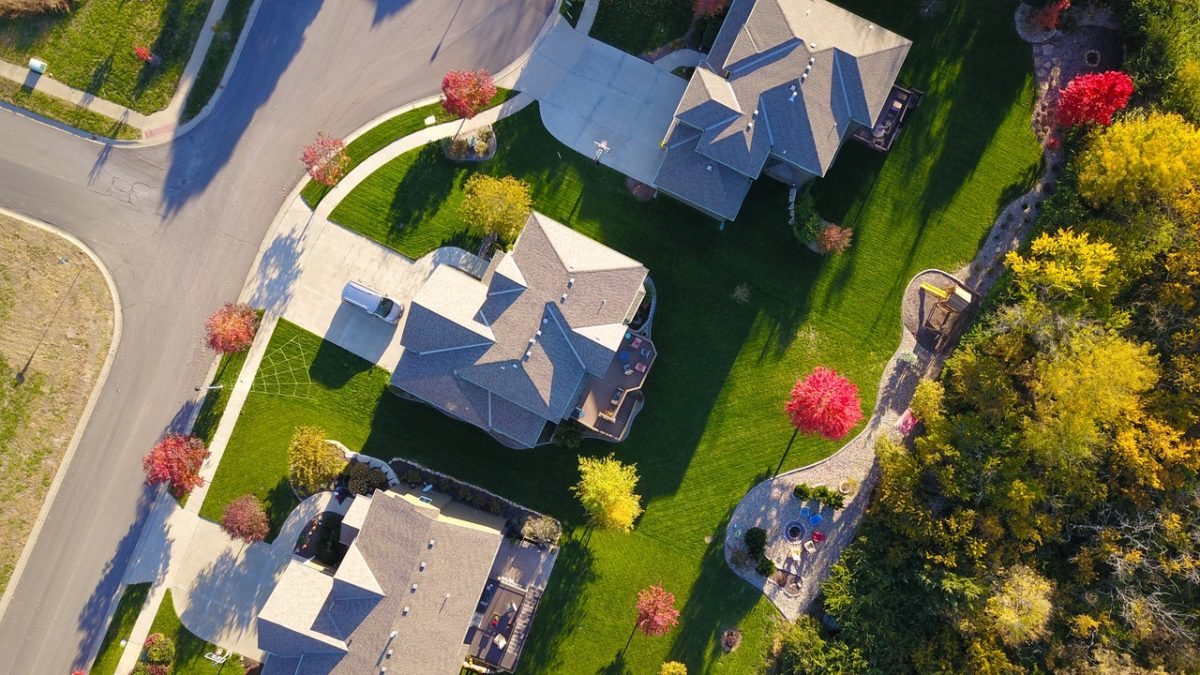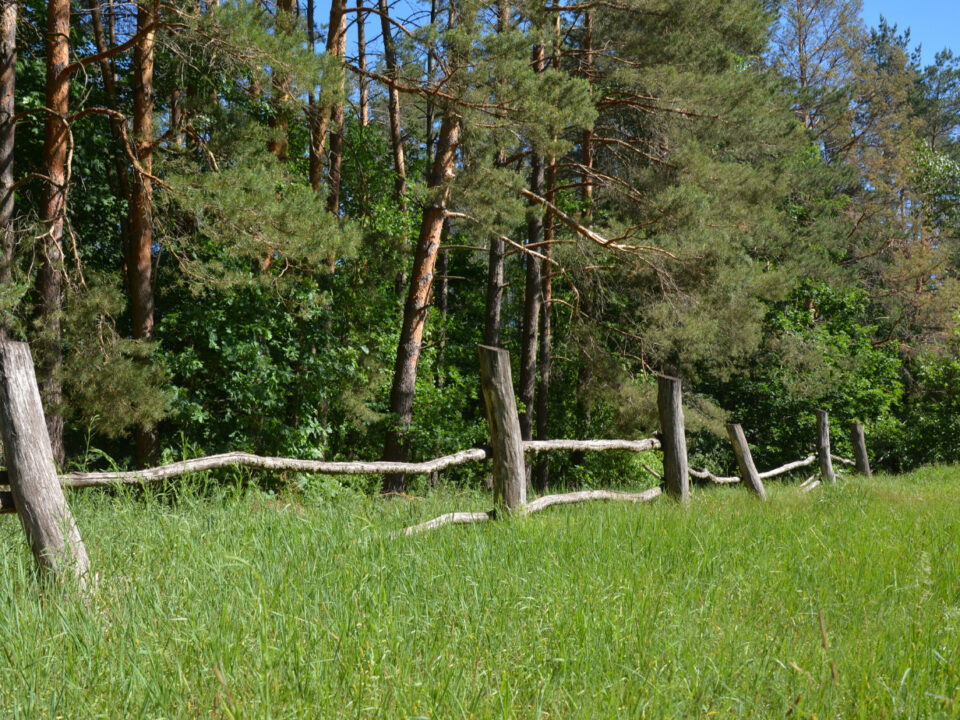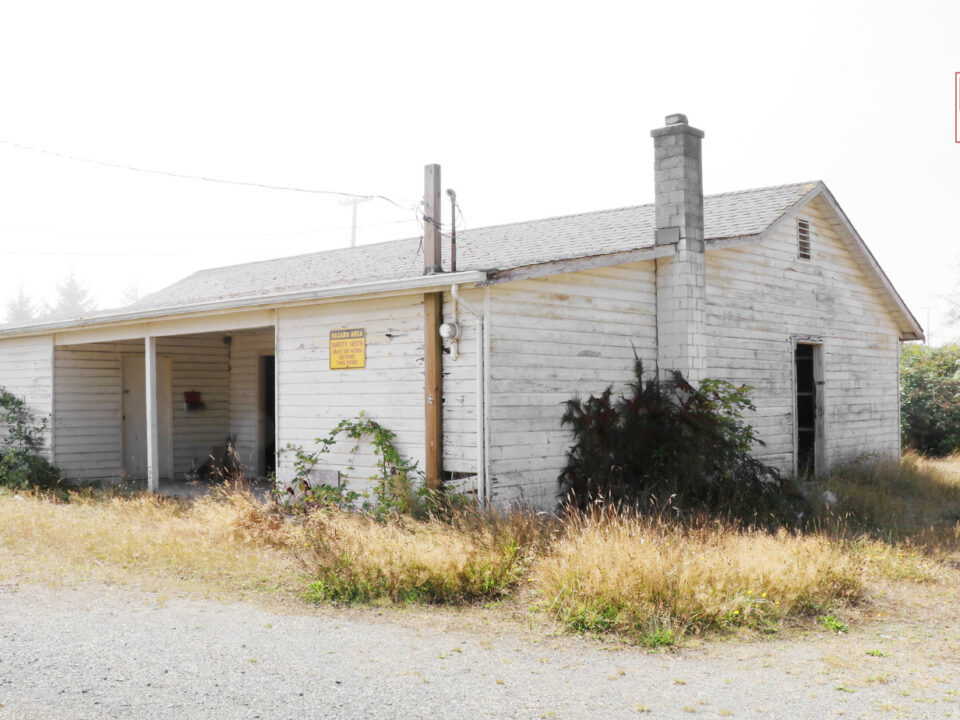- EXPERIENCED LAW FIRM IN TOLEDO, OH
- (419) 662-3100
How to Resolve Land Disputes in Ohio

Sorting Out a Will after Death
September 10, 2020
What is a Breach of Fiduciary Duty?
October 12, 2020
Physical boundaries on large lots of land are sometimes challenging to define. When that land belongs to farmers who make their money off of using the land for crops or animals, defining those boundaries is essential. Without clearly defined lines, disputes are common, and they can get quite ugly. Resolving land disputes often requires the help of an attorney to wade through the legal documents and determine precisely where the boundary lies.
What the Law Says
In Ohio, Code §971.05, §971.03, and §971.06 outline the rules for property line divisions. In general, the most recent rules added some dispute resolution options for property owners. These two rules allow complaints to be filed with the board of the township trustees if there is a dispute. If one of the parties is not happy with the decisions of the trustees, that party can request binding arbitration. The most recent law also allows a dispute to be filed with the court of common pleas.
In light of Ohio land boundary laws, those facing disagreements have a few options to consider.
Option 1 – Try to Work Out an Agreement
One of the first steps to take when working out boundary disputes is to try to agree with the other party. If the two landowners can agree about where the boundary should lie and register their decision with the Land Registry, they can save time and money. However, land disputes can often hurt feelings and frustration on the part of one or both parties, and this type of agreement may not be possible.
If you work out a verbal agreement, put it in writing. This may be where a land dispute attorney is needed to create papers that legally reflect your verbal agreement. This will help save frustration later if the dispute comes up again.
Option 2 – Work with a Mediator
If both parties want to agree, but find it impossible to do so on their own, a neutral mediator may help. Mediation is usually the first step recommended by the courts in these cases.
Mediators are independent parties, often legal professionals, who understand boundary lines. They have no legal power to choose the boundary, but they can help work through differences to reach a mutually beneficial agreement. Mediators are trained in negotiation, so they can help both parties give and take to come up with a final agreement that both are happy with. The success rate for mediation between neighbors is relatively high, which is also less expensive than going to court.
Option 3 – Hire a Surveyor
If the boundary was correctly recorded with the Land Registry when the properties were first divided, the parties could hire a surveyor or similar expert to help them find and mark it. To do this, the parties must agree that the decision of the surveyor is final and legally binding. The surveyor has the tools to find the boundaries and make them less ambiguous, and the parties can then erect a boundary line or fence to keep them divided.
Option 4 – Apply to the Land Registry
If these methods do not work, one party can file a dispute with the trustee. This gives the trustee the option to make a final determination about the land boundary. If the parties still have a disagreement, they can request a binding arbitration case.
Option 5 – Take the Case to Court
If all other methods do not work, or if one party is unwilling to go to mediation or use the other methods, it may be necessary to take the case to court. Ohio has these cases tried in the court of common pleas.
This should be considered a last resort because the costs of the court are high. At court, the judge will need to determine the boundary by looking at historical deeds and listening to the disputes both parties bring. Working with a property disputes attorney can help parties build a solid argument about why their opinion on the land dispute is the right one.
If you are facing a boundary dispute and feel you may be heading to court, or if you are looking for a skilled mediator to assist with the negotiations, reach out to Heban, Murphree & Lewandowski, LLC, for help. Our Ohio attorneys understand local real estate law, including land dispute legislation. We can help you move forward with confidence, protecting your land’s boundaries while staying within the confines of the law.






